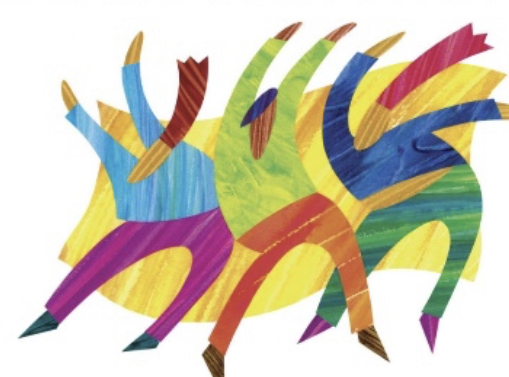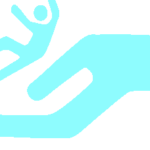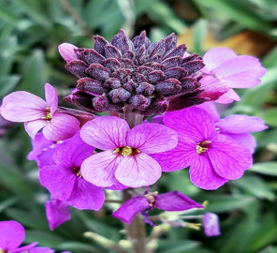
Bust a Move for you Brain!
Exercise has always been a part of my lifestyle, due to making me feel better, lessening my stress and connecting with others. What is refreshing is the latest research on how it benefits our brain, too. As the years are flying by this is outstanding news for me and others.
I recently watched a TED Talk by Wendy Suzuki that focused on the brain-changing benefits of exercise. As a Healthy Steps Instructor and educator, I know how important staying active is for your overall health and well-being, but Ms. Suzuki’s talk really opened my eyes to just how therapeutic it can truly be. I wanted to share what I gleaned from her talk with all of you, but I encourage you to watch her inspiring talk, too. The link is below.
She started off by discussing the long and short-term impacts of exercising. Did you know that at once after just one session of exercise, there are an increased number of neurotransmitters: dopamine, serotonin, and noradrenaline in the brain? They positively affect our mood, focus, and reaction times for up to two hours after exercise. In addition, neurotransmitters are the chemical messages that our bodies use to keep our brains functioning, managing everything from breathing to heartbeat to learning and concentration. In the long term, exercise rewires the brain in many positive ways. Adding aerobic exercise produces new brain cells and improves long-term memory and overall attention. They serve as protection from cognitive decline and neurogenerative diseases such as Alzheimer’s. They aid us to navigate a full, enriched life.
Exercise always been a way to release stress for me but to have it document by science elevates it up to the gold standard.
She adds that no triathlete regime or expensive gym membership is needed. She recommends adding 30 minutes of aerobic exercise 3-4 times a week for around 30 minutes. Simply a no-brainer.
I highly suggest you watch her video, stand up, and do some simple healthy steps dance moves along with it.

